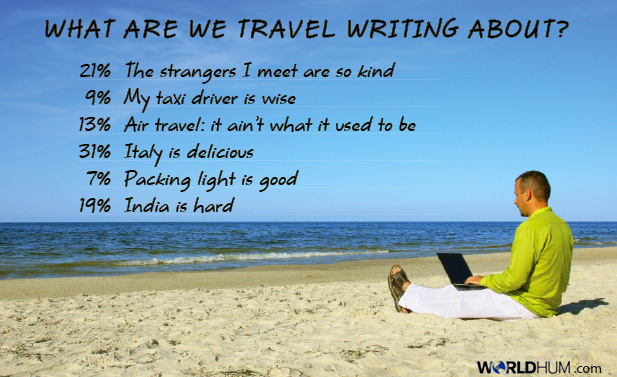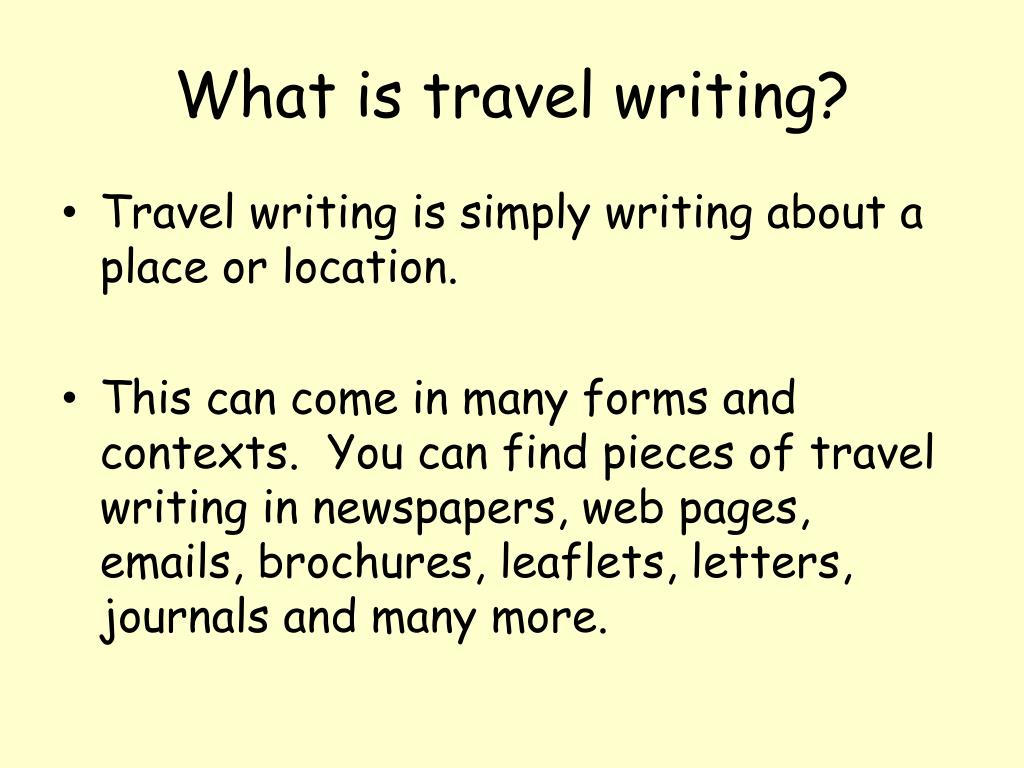Introduction to Travel Writing
Travel writing is more than just a job; it’s a passion for exploring the world and sharing unique experiences. As a travel writer, you get the opportunity to immerse yourself in diverse cultures, explore breathtaking landscapes, and capture the essence of places while inspiring others to embark on their own adventures. In this article, we’ll delve into what being a travel writer entails, explore the skills needed, and share personal insights from my own travels.
Who is a Travel Writer?
A travel writer is someone who writes about their experiences traveling to different destinations, often focusing on the culture, history, and attractions of those places. This can include articles, blog posts, travel guides, and even books. A travel writer doesn’t just document their trips; they weave a narrative that captures the reader’s imagination and transports them to the location being described.
Skills Needed to Be a Successful Travel Writer
Becoming a travel writer requires a unique set of skills. Here are some essential abilities for budding travel writers:
1. Strong Writing Skills
At the heart of travel writing is the ability to articulate experiences in a compelling way. Writers should master grammar, style, and the ability to craft engaging narratives.
2. Research Skills
Effective travel writers need to conduct thorough research about destinations, including local customs, history, and attractions. This adds depth to their writing.
3. Photography Skills
Visual storytelling is crucial in travel writing. Knowing how to take stunning photos enhances the narrative and attracts readers.
4. Adaptability
Travel plans can change unexpectedly. Being flexible and adaptable helps writers navigate challenges and create authentic content.
Types of Travel Writing
Travel writing can take many forms. Here are some popular types:
1. Travel Blogs
Personal blogs where writers share stories, tips, and insights from their travels.

2. Travel Guides
Comprehensive resources that provide detailed information about destinations, including itineraries, attractions, and accommodations.
3. Travel Magazines
Print or online magazines that publish articles focused on specific destinations, travel tips, or personal experiences.

4. Travel Memoirs
Books that recount personal travel experiences, often reflecting on life lessons learned during the journey.
How to Get Started as a Travel Writer
Many aspiring travel writers struggle with where to begin. Here are some steps to kickstart your travel writing career:
1. Start Your Own Blog
Creating a personal blog is a great way to start writing about your travels. It provides a platform to express your style and build an audience.

2. Write for Local Publications
Pitch articles to local newspapers or magazines. This helps you gain experience and credibility.
3. Build a Portfolio
Compile your best pieces into a portfolio. This will be essential for pitching to larger outlets.

4. Network with Other Writers
Engaging with other travel writers can provide valuable insights, tips, and potentially collaborative opportunities.
Travel Experiences: My Journey as a Travel Writer
Every travel writer has their unique story. Here’s a sneak peek into my journey and some experiences that shaped my path:
1. Discovering Italy’s Hidden Gems
During my time in Italy, I wandered through the charming streets of Bergamo, which is often overlooked by tourists. I discovered a quaint café where the owner shared local history over a perfect cup of espresso. This experience taught me the value of seeking out the less-traveled paths and how rich stories can emerge from them.

2. The Colors of India
My travels through India were vibrant and overwhelming. The chaos of the streets can be daunting, but within that chaos lies an unparalleled sense of beauty. Writing about the local festivals and the warm hospitality of the people helped me connect with readers on an emotional level.
Travel Tips for Travel Writers
It’s not just about writing; it’s about experiencing. Here are some tips to enhance your travel experiences and writing:
1. Keep a Travel Journal
Document your daily experiences, thoughts, and encounters. This will be invaluable when writing later.

2. Engage with Locals
Talking to locals can provide unique insights that guidebooks often miss. It adds authenticity to your writing.
3. Take Lots of Photos
Visuals can enhance your storytelling. Capture moments that resonate with your experiences.

Destination Highlights for Travel Writers
Here are some of my favorite destinations that are great for travel writing:
1. Kyoto, Japan
With its beautiful temples and serene gardens, Kyoto offers rich cultural experiences that inspire captivating stories.
2. Santorini, Greece
The iconic white-washed buildings and stunning sunsets create picturesque scenes perfect for travel tales.
3. Patagonia, Argentina
For those who love adventure, Patagonia’s dramatic landscapes provide an awe-inspiring backdrop for any travel writer’s narrative.
Pros and Cons of Being a Travel Writer
| Pros | Cons |
|---|---|
| Opportunity to travel and explore unique destinations. | Inconsistent income, especially for freelancers. |
| Ability to inspire others through storytelling. | Pressure to constantly produce content. |
| Building a community of fellow travel enthusiasts. | Struggles with finding the right audience and fitting in. |
Frequently Asked Questions
What qualifications do I need to become a travel writer?
While formal education can help, strong writing skills and a passion for travel are often more important. Many successful travel writers are self-taught.
How much can I earn as a travel writer?
Earnings can vary widely. Some travel writers make a modest income through freelance work, while others, with established platforms, can earn six figures.
Do I need to travel full-time to be a travel writer?
No, many travel writers write part-time while balancing other jobs. You can write about local travels, weekend trips, or even past travels.
How do I pitch my travel stories to publications?
Research the publication, understand their style, and craft a compelling pitch that highlights why your story is unique and relevant to their audience.